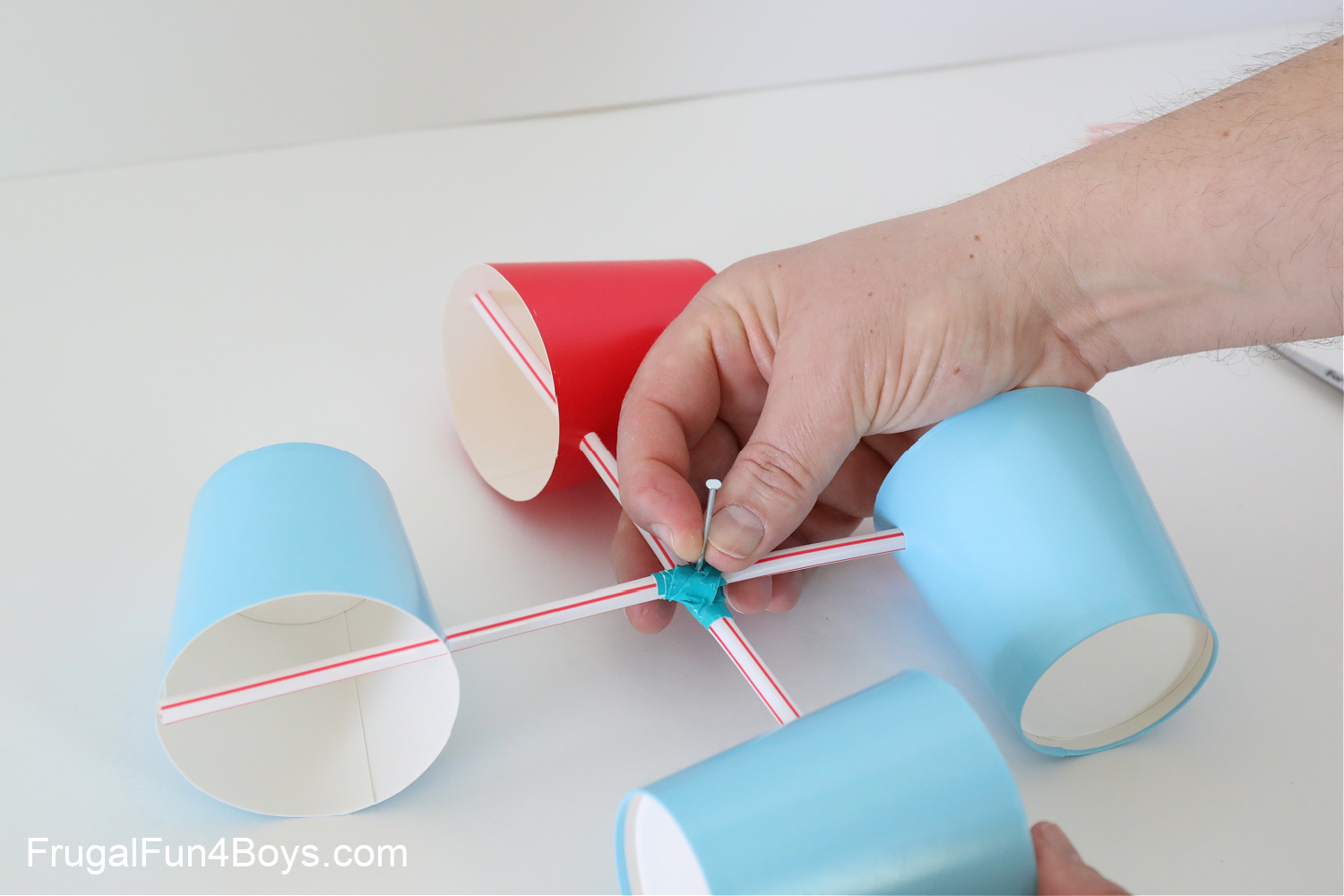How to Maintain and Take Care Of Your Anemometer to Ensure Long Life
How to Maintain and Take Care Of Your Anemometer to Ensure Long Life
Blog Article
Anemometers Introduced: Recognizing Their Value in Ecological Tracking and Precaution
The role of anemometers in environmental monitoring and safety actions is often undervalued, yet their value is obvious. These instruments have a lengthy background rooted in clinical questions and technological improvements, progressing to end up being essential tools in numerous areas. From meteorology to aviation security, anemometers play a crucial role in supplying accurate data that notifies decision-making procedures and improves total safety and security. Comprehending the ins and outs of anemometers unveils a world of crucial understandings that are fundamental to our understanding of the setting and the steps we require to make certain safety and security.
Background of Anemometers
The advancement of anemometers can be traced back to the old people where primary wind determining gadgets were very first made use of. One of the earliest well-known anemometers was the hemispherical mug anemometer designed by Leon Battista Alberti in the 15th century.
Over the years, developments in modern technology led to the development of even more contemporary anemometers, consisting of ultrasonic anemometers and laser Doppler anemometers, providing enhanced precision and effectiveness in measuring wind speed and direction. The background of anemometers showcases an amazing trip of advancement and development in the field of weather forecasting.
Kinds of Anemometers
Throughout the area of meteorology, different kinds of anemometers have been developed to precisely measure wind speed and direction. Sonic anemometers utilize ultrasonic signals to measure wind rate and direction properly. Hot-wire anemometers run based on the concept that the cooling result of wind on a heated cord is symmetrical to the wind rate.
Applications in Meteorology
Having gone over the various kinds of anemometers utilized in weather forecasting for determining wind speed and instructions, it is important to explore their practical applications in the area. Anemometers play a crucial duty in meteorology by offering precise and real-time data on wind conditions (anemometer). Meteorologists make use of anemometers to keep track of wind rate and direction to anticipate weather patterns, issue warnings for severe climate occasions like tornadoes, storms, and typhoons, and evaluate weather for aviation safety
In meteorology, anemometers aid in understanding regional and local wind patterns, which are crucial for anticipating climate modifications and identifying weather patterns. These gadgets are additionally made use of in research study to research microclimates, metropolitan heat islands, and air pollution diffusion. In addition, anemometers are employed in agriculture to maximize crop management techniques, such as watering and chemical application, based upon wind problems.
Relevance in Air Travel Safety
An integral element of making sure air travel security exists in the precise monitoring of wind conditions using anemometers. Anemometers play a crucial duty in aviation by offering real-time data on wind rate and direction, helping pilots in making educated decisions during trip, take-off, and touchdown. Unpredictable and solid winds can considerably influence airplane procedures, making it vital for air travel authorities to depend on precise wind dimensions to guarantee the security of travelers and team.
:max_bytes(150000):strip_icc()/GettyImages-186864034-58e3355e5f9b58ef7e576b44.jpg)
In the dynamic environment of aviation, where also small adjustments in wind rate and instructions can have extensive effects, anemometers stand as essential tools for promoting risk-free and safe and secure air traveling.
Role in Environmental Study
How do anemometers add to developments in ecological research study? Anemometers play a critical role in ecological research study by giving vital information on wind rate and instructions. This information is crucial for comprehending various atmospheric procedures, such as air pollution navigate to these guys dispersion, weather condition patterns, and environment adjustment. By accurately measuring wind characteristics, anemometers help researchers analyze the activity of toxins in the air, examine the effect of commercial discharges, and anticipate the spread of contaminants in the setting.


Final Thought
In final thought, anemometers have played an important function in environmental tracking and safety measures. Comprehending the value of anemometers is crucial for precisely gauging wind rate and direction, which is essential for anticipating weather condition patterns, guaranteeing secure air travel operations, and conducting environmental researches.
One of the earliest known anemometers was the hemispherical mug anemometer invented by Leon Battista Alberti in the 15th century. Over the years, innovations in technology led to the advancement of even more modern anemometers, consisting of ultrasonic anemometers and laser Doppler anemometers, offering raised precision and effectiveness in gauging wind speed and direction. Hot-wire anemometers run based on the principle that the cooling impact of wind on a warmed cable is symmetrical to the wind rate. Meteorologists utilize anemometers to check wind speed and instructions to forecast weather patterns, problem warnings for severe weather events like storms, tornados, and hurricanes, and analyze climatic conditions for aviation safety.
Recognizing the value of anemometers is essential for properly gauging wind rate and direction, which is important for anticipating weather patterns, making certain secure aviation procedures, and performing ecological researches. (anemometer)
Report this page